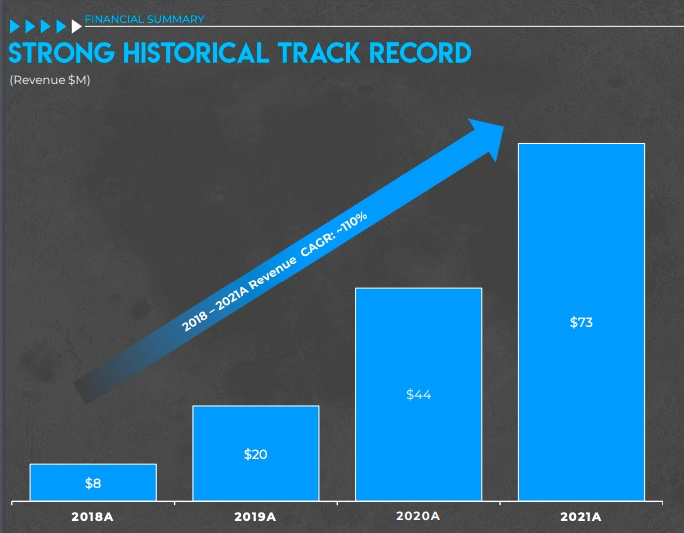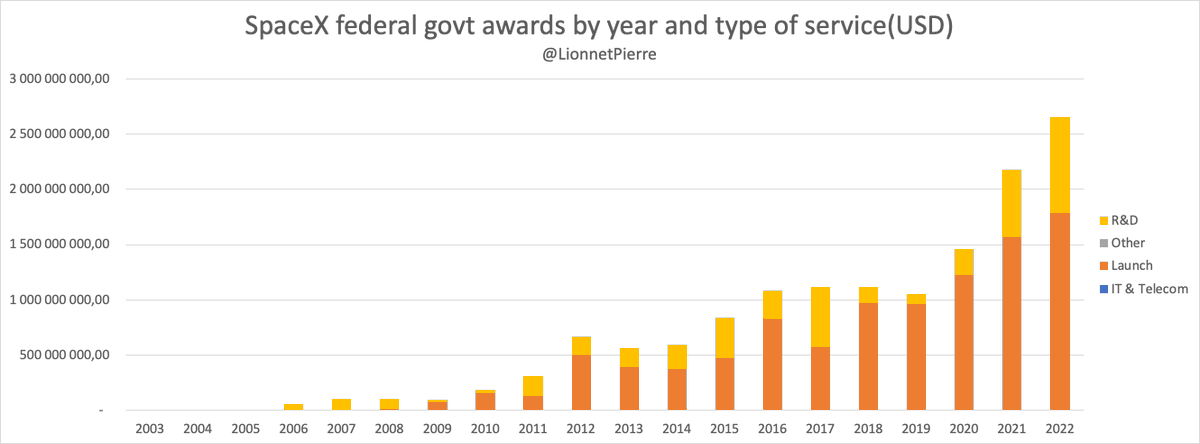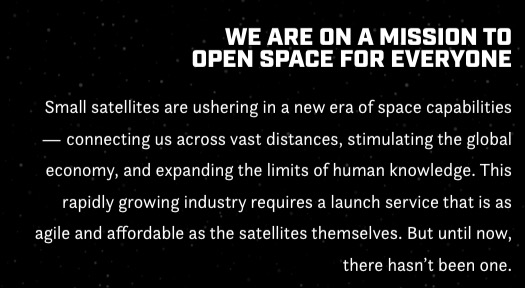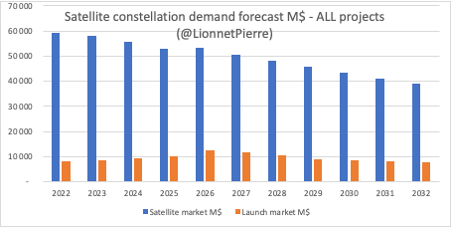
Space economist (one of the very few) - Research & Managing Director at Eurospace - views are mine not Eurospace
How to get URL link on X (Twitter) App


https://x.com/LionnetPierre/status/1360670028182548491
https://twitter.com/sciguyspace/status/1708887949276860601Moreover I believe that all these NASA “newspace” type of procurement contracts (COTS/CRS, CLD, CLPS…) will be a major disappointment for suppliers in the long run. 2/




https://twitter.com/elonmusk/status/1656170143687507970Assumptions on Starlink useful capacity are many. There seems to be consensus between 15 and 20 Gbps/satellite (V1). This would equate to up to 0,08 Gbps/kg/year (assuming 250kg) and 0,4 Gbps/kg over 5 years of usage.
https://twitter.com/elonmusk/status/1128834111878193155?s=09

https://mobile.twitter.com/LionnetPierre/status/1526251715686801415
https://twitter.com/Int_Machines/status/1570730094888644608First the source: the analyst day presentation is here: intuitivemachines.com/_files/ugd/7c2…







 The paper recalls the story of the 1 Trillion space economy 'invention' and traces it back to the seminal estimate of 340B$ originally produced by @BryceSpaceTech for the SIA in 2016. 2/n
The paper recalls the story of the 1 Trillion space economy 'invention' and traces it back to the seminal estimate of 340B$ originally produced by @BryceSpaceTech for the SIA in 2016. 2/n 


 Beyond the fact that I don't know what is their basis for calculations, in particular how they allocate the cost of "own propulsion" to the launch, considering that the propulsion systems serves other functions, I gather from this that 15k$/kg is their price tag? 2/
Beyond the fact that I don't know what is their basis for calculations, in particular how they allocate the cost of "own propulsion" to the launch, considering that the propulsion systems serves other functions, I gather from this that 15k$/kg is their price tag? 2/

https://twitter.com/stanshull/status/1529969326421291008If Starlink Gen2 is 30000 satellites (spacenews.com/spacex-goes-al…) it represents 36000 tons at launch in total. Or 240 #Starship flights (at 150t/flight). 2/

 This was an independent assessment of the economic impact of a vertical launch site in Michigan, very much applicable to the spaceport project in Camden (Ga) that is facing a successful opposition from the locals. 2/ thecurrentga.org/2022/02/08/cam…
This was an independent assessment of the economic impact of a vertical launch site in Michigan, very much applicable to the spaceport project in Camden (Ga) that is facing a successful opposition from the locals. 2/ thecurrentga.org/2022/02/08/cam…
https://twitter.com/pbdes/status/1524785266296242177First we read that the January 2022 launch yielded 2.1M$. With a total mass launched of less than 30kg, for 6 cubesats deployed (according to @planet4589 here: planet4589.org/space/gcat/dat…) that is a whopping >70k$/kg to orbit. Hardly a bargain. 2/
https://twitter.com/elonmusk/status/1482424984962101249I know that this is not a popular opinion, but I can only see two (non mutually exclusive) reasons for this: 1) Falcon9 is too expensive; 2) Falcon9 turnaround time is too long. Tu put it short: it is not as effective as required. 2/

https://twitter.com/LionnetPierre/status/1423634748866433028
https://twitter.com/LionnetPierre/status/1430497863306465286
https://twitter.com/LionnetPierre/status/1433536407625035781
https://twitter.com/LionnetPierre/status/1434127960810954757
https://twitter.com/LionnetPierre/status/1464773668714733576
https://twitter.com/LionnetPierre/status/1470220337732374534
https://twitter.com/LionnetPierre/status/1470920285960478721


